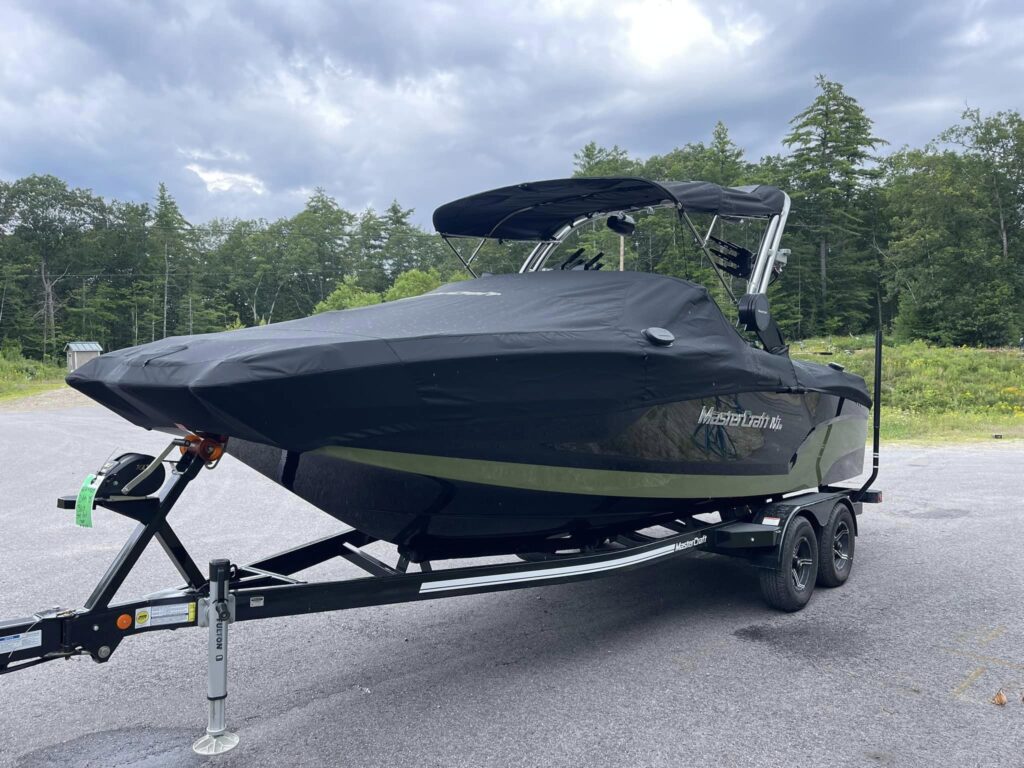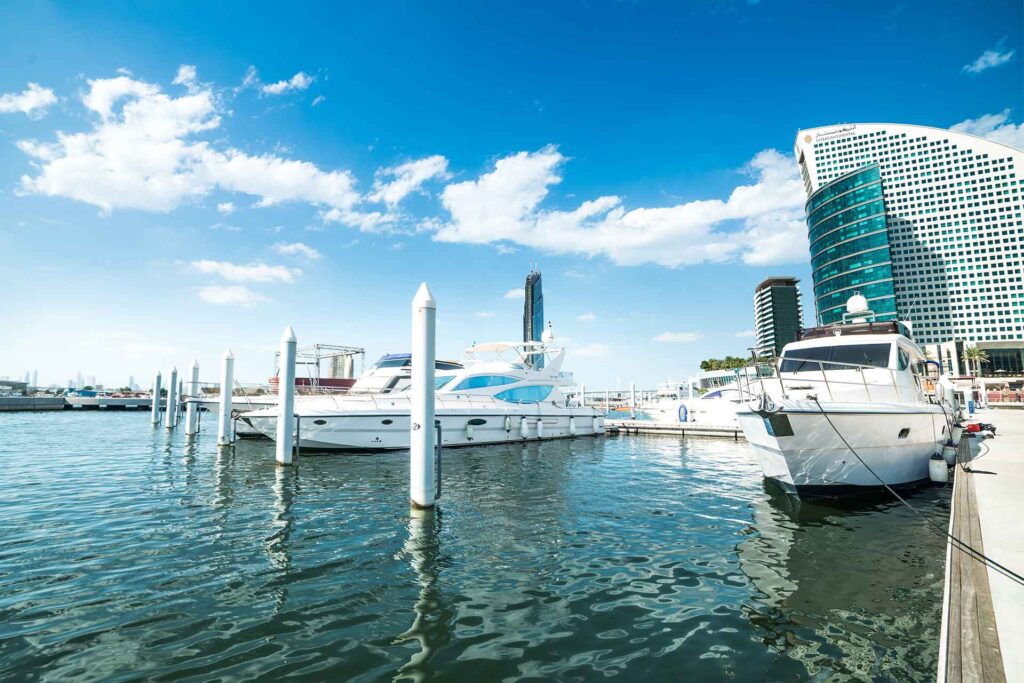Boat ownership is a dream for many, offering the promise of leisurely days on the water, unforgettable adventures, and a connection with nature. You might be wondering when looking for a boat loan what is the interest rate on a boat loan. For most people, financing is an essential step in making this dream a reality. One of the most significant factors when financing a boat is the interest rate, which directly impacts the cost of the loan and your monthly payments. But how are boat loan interest rates determined, and what should you expect?
This article will provide a comprehensive look into boat loan interest rates, including the factors that influence them and how to secure the best rate for your purchase. Let’s go into what is the interest rate on a boat loan.

Understanding Boat Loan Interest Rates
Interest rates are essentially the cost of borrowing money. They are calculated as a percentage of the loan amount and applied over the loan term. For boat loans, interest rates can vary widely depending on the lender, the borrower’s financial profile, and the specifics of the loan itself, such as the loan term and the amount borrowed.
Typical boat loan interest rates range from 4% to 10%, but they can go higher or lower depending on market conditions and individual circumstances. Understanding where your potential loan falls within this range is critical to determining your total borrowing costs.

Factors That Affect Boat Loan Interest Rates
Several factors play a role in determining the interest rate you’ll pay for a boat loan. Here’s a closer look at the most important ones:
1. Credit Score
Your credit score is one of the most significant factors lenders consider when determining your interest rate. Borrowers with excellent credit (a score of 750 or higher) are typically offered the lowest rates because they pose less risk to lenders. On the other hand, those with lower credit scores may face higher rates or additional fees to offset the lender’s risk.
2. Loan Amount
The amount you borrow can also influence your interest rate. Larger loans may qualify for lower rates, especially if the borrower has excellent credit and the loan is for a higher-value asset like a yacht. Conversely, smaller loans might come with slightly higher rates due to administrative costs.
3. Loan Term
Boat loans can range from short-term options of 3-5 years to longer terms of up to 20 years. While longer terms might reduce your monthly payment, they often come with slightly higher interest rates to account for the extended repayment period. Shorter terms, by contrast, may offer lower rates but require higher monthly payments.
4. Type of Boat
The type of boat you’re financing can also impact your interest rate. Loans for new boats may come with lower rates due to the boat’s value and resale potential. Used boats, while often more affordable upfront, might carry higher rates because of depreciation and condition concerns.
5. Down Payment
Making a larger down payment can significantly impact your interest rate. By putting more money down, you reduce the lender’s risk, which may result in a more favorable rate.
6. Market Conditions
Economic factors such as the Federal Reserve’s interest rate decisions, inflation, and the overall health of the economy can influence boat loan rates. During times of economic stability, rates may be lower; during periods of uncertainty, they may rise.

Fixed vs. Variable Interest Rates
When applying for a boat loan, you may encounter two types of interest rates: fixed and variable.
- Fixed Interest Rates: These rates remain constant throughout the loan term, providing stability and predictability in your monthly payments. They are a popular choice for borrowers who prefer consistent financial planning.
- Variable Interest Rates: These rates can fluctuate over time based on market conditions. While they may start lower than fixed rates, they carry the risk of increasing over the life of the loan, potentially making monthly payments less predictable.
Choosing between fixed and variable rates depends on your financial situation and risk tolerance. Double check and ensure you do what is best for you when looking into what is the interest rate on a boat loan.

How to Secure the Best Interest Rate
Securing a competitive interest rate requires preparation and strategic decision-making. Here are some tips to help you get the best deal on your boat loan:
1. Check Your Credit Score
Before applying for a loan, review your credit report and address any inaccuracies. Improving your credit score by paying down debts and ensuring timely payments can significantly impact your loan terms.
2. Shop Around
Different lenders offer different rates and terms, so it’s essential to compare options. Banks, credit unions, online lenders, and marine finance specialists may all have unique offerings.
3. Make a Larger Down Payment
A larger down payment reduces the loan amount and demonstrates financial stability, both of which can result in lower rates.
4. Choose a Shorter Loan Term
Opting for a shorter loan term often results in lower interest rates. While this increases monthly payments, it reduces the total interest paid over the life of the loan.
5. Leverage Preapproval
Getting preapproved for a loan helps you understand what rates you qualify for and strengthens your position when negotiating with dealers or lenders.
6. Work with a Marine Finance Specialist
Marine finance companies specialize in boat loans and may offer more competitive rates and tailored services compared to general lenders.

The Role of Loan-To-Value Ratio
The loan-to-value (LTV) ratio is another key factor in determining your interest rate. This ratio compares the loan amount to the boat’s value. Lenders typically prefer an LTV of 80% or less, meaning you should aim to finance no more than 80% of the boat’s purchase price. A lower LTV often leads to better rates because it reduces the lender’s risk. Keep this in mind when looking into what is the interest on a boat loan.
Refinancing a Boat Loan to Improve Rates
If you’ve already secured a boat loan but your financial situation has improved or interest rates have decreased, refinancing may be an option. Refinancing allows you to replace your current loan with a new one that offers better terms, such as a lower interest rate or monthly payment.
Before refinancing, consider any associated fees and weigh the long-term savings against the costs. Refinancing can be especially beneficial if your credit score has improved or if market rates have dropped significantly since you first obtained your loan.

Hidden Costs to Watch For
When evaluating interest rates, it’s important to consider the full cost of borrowing. Some lenders may offer attractive rates but include hidden fees, such as:
- Origination Fees: Costs for processing the loan.
- Prepayment Penalties: Fees for paying off the loan early.
- Application Fees: Charges for submitting a loan application.
Always read the fine print and ask your lender for a full breakdown of fees before committing to a loan. You always need to be vigilant especially when looking into what is the interest rate on a boat loan.

Conclusion On What Is The Interest Rate On A Boat Loan
The interest rate on a boat loan is a critical factor in determining the affordability of your purchase. While rates can vary based on your credit score, loan amount, term, and other factors, being informed and prepared can help you secure the best deal.
At Float Finance, we specialize in helping you navigate the complexities of boat financing, ensuring you get competitive rates and terms tailored to your needs. Whether you’re buying your first boat, upgrading to a yacht, or refinancing an existing loan, our expertise and dedication to customer service make us the trusted choice for boat financing.
Let us help you make your boating dreams a reality. Contact Float Finance today to learn more about our financing options and start your journey toward life on the water! We hope this helps you understand what is the interest rate on a boat loan.
